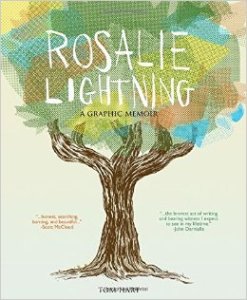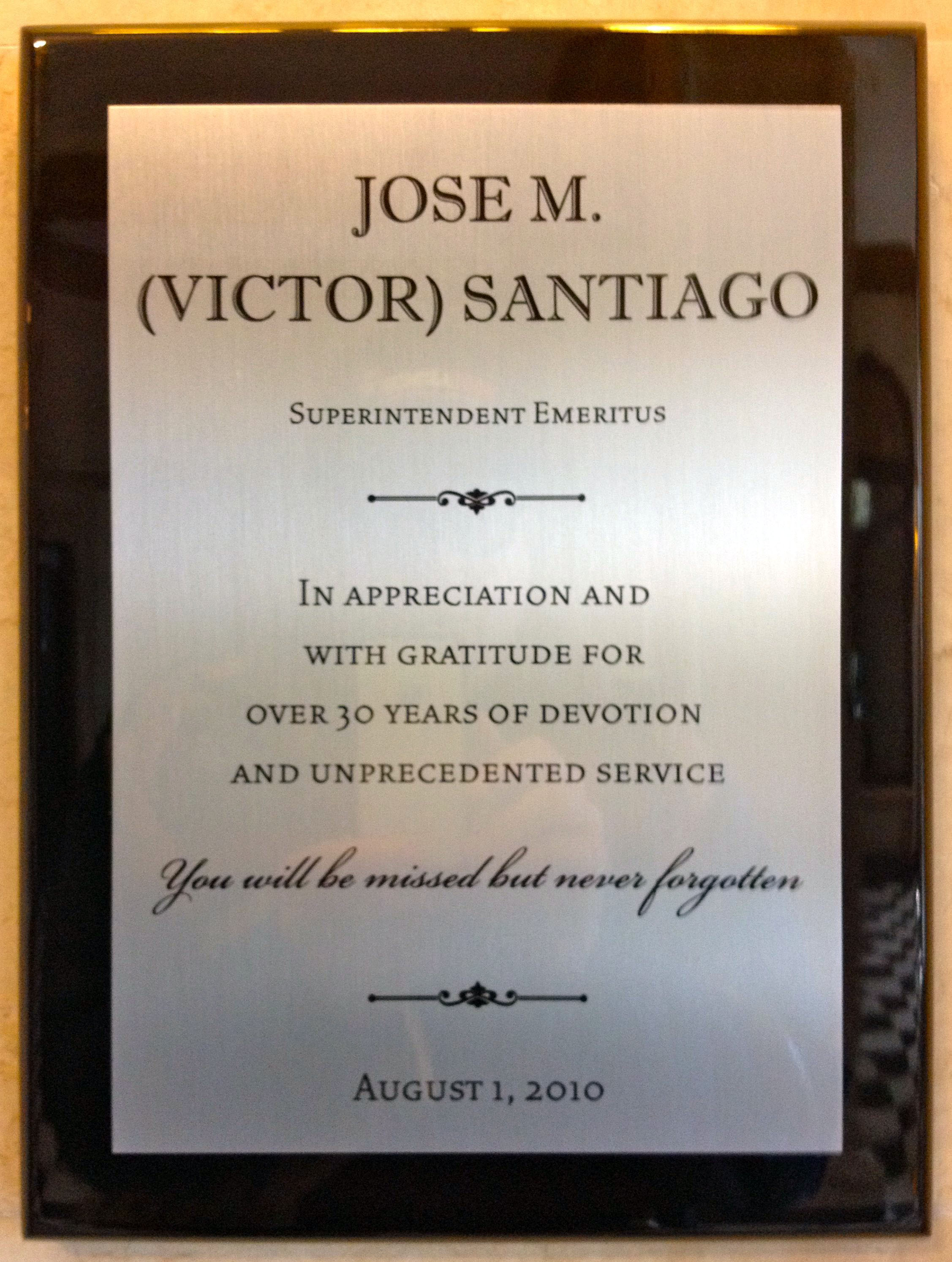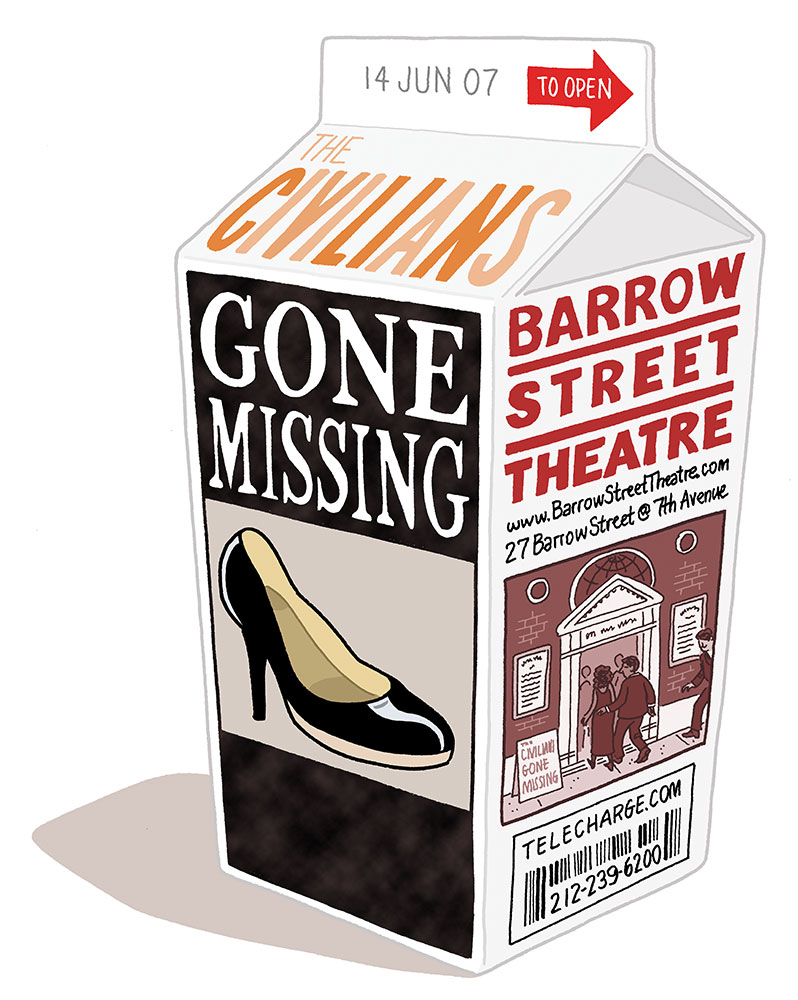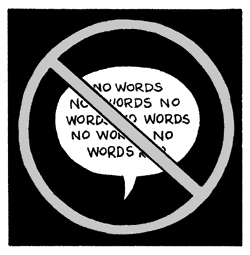 My good friends at Literary Safari are producing an ongoing Instagram graphic narrative that you need to check out. It’s at instagram.com/williambutlerms and it’s a serial work of dystopian fiction about… school shootings.
My good friends at Literary Safari are producing an ongoing Instagram graphic narrative that you need to check out. It’s at instagram.com/williambutlerms and it’s a serial work of dystopian fiction about… school shootings.
The premise of the narrative is that williambutlerms is the official Instagram of the the fictional William H.G. Butler Middle School, a school that has suffered a horrible shooting that left some students and teachers dead. The serialized story reveals an Orwellian world where school shootings are the norm. (Actually, tragically, that’s not that Orwellian…)
The format of the williambutlerms narrative is very clever, both in terms of subject matter and the Instagram “delivery system.” It’s rife with hashtags and feels very connected to our techno-cultural moment. What I think works so well is the presentation, with the narrative building one disconnected image at a time. It’s like a jigsaw puzzle that slowly comes into focus one piece at a time. The artwork has a primitivist quality which fits the middle school theme. (I wouldn’t call williambutlerms a comic per se, but it definitely falls under the rubric of a “graphic narrative.”)
And what makes the whole thing work is the deadpan satire of the piece, which is so cutting! The narrative starts with a bang (apologies for the inappropriate metaphor) with an opening shot of the school yearbook, featuring some murdered students (and some clever “gun”-related yearbook quotes). Other highlights are a “Targeted School Supplies” series of products, and some clever parodies of famous middle-school/high school texts — The Things They Buried, The School of Mango Street, etc. Good stuff. This tone works incredibly well, as it highlights the very real struggles that schools and educators are currently facing (with no help from the federal government).
williambutlerms debuted in June and a new post appears every Tuesday, Wednesday, and Thursday through the end of the summer. Check it out.





 If you like offbeat live theatre and are in the area, make sure to see the show. And look for copies of The Vagabonds #2 and the
If you like offbeat live theatre and are in the area, make sure to see the show. And look for copies of The Vagabonds #2 and the  Here’s another of my
Here’s another of my 

